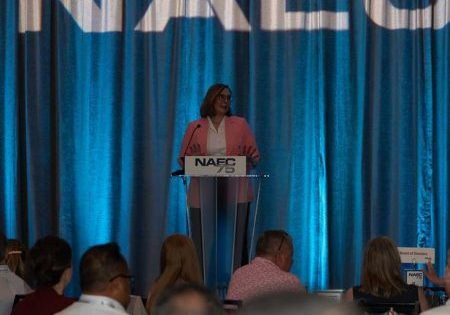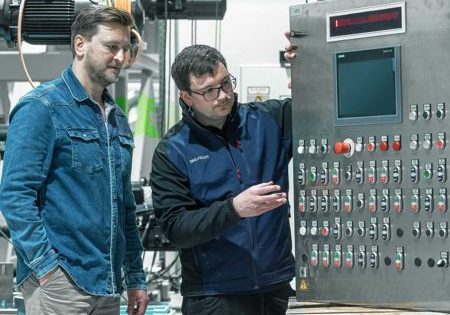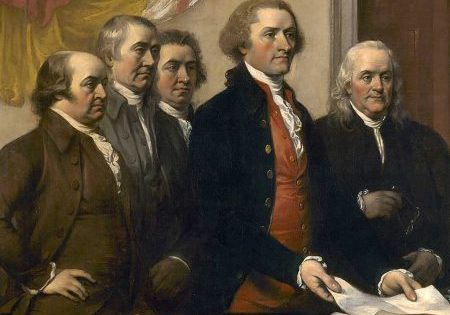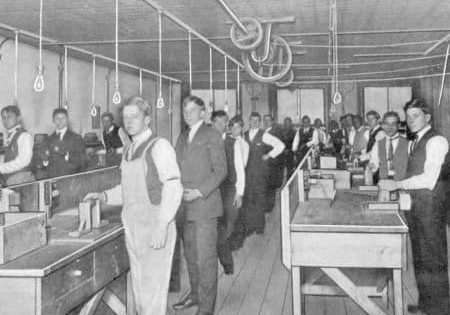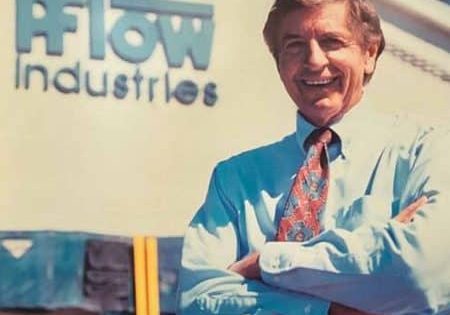Recycling Buildings
Jul 1, 2024
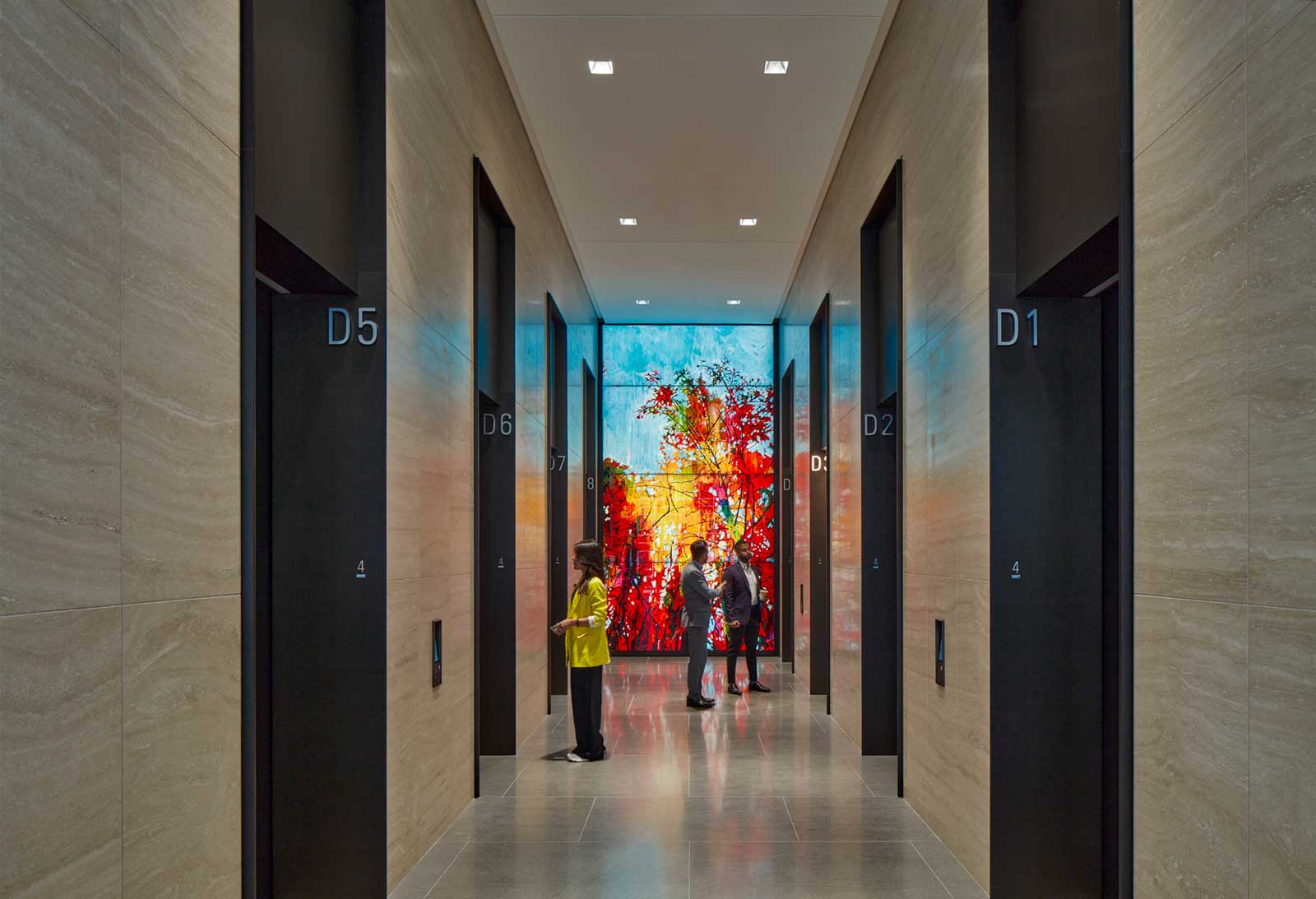
A building conversion is the ultimate in “recycling.” We are constantly being told to reuse, repurpose and recycle. Instead of tearing down buildings that are not being used, architects are finding ways to convert them for new ownership, inhabitants and traffic patterns. This building recycling is a result of the change in working and living patterns brought on by the pandemic. Now that more people are working remotely, many office buildings are mostly empty. As Chris Dodds, partner at ATIS/KJA Consultants, says, “Commercial real estate stakeholders are forced to evolve, adapt and repurpose their once-thriving office spaces in the face of significant vacancy rates.” It may take a cadre of consultants, architects, bankers, builders and others to take a building from office to mixed-use or residential. Sometimes only a shell of the old building is left; other times, it becomes the base for additional height. Change the inhabitants, and you change the traffic. That, of course, is where the VT industry comes in.
The focus this month is Building Conversions, and we have three articles and a feature.
- Mandarin Oriental Residences Fifth Avenue by Kaija Wilkinson. The midtown Manhattan office building on Fifth Avenue overlooking Central Park had a challenging renovation to mixed-use and luxury residences. G-Tech Elevator Associates added three elevators.
- Focus on the Past To Create the Future by Philip W. Grone. The author describes the many considerations when revising or repurposing a building, including building transportation.
- Eyes on Residential by Christopher M. Dodds. Residential properties, the author says, may be a better value. He also acknowledges the challenges of conversions, including structural and regulatory.
- One Madison Avenue submitted by Schindler. The building at One Madison Avenue is well over 100 years old and has been through many modernizations and rehabs. The current one, however, added a 17-story tower and 30 elevators for a new “building within a building.”
Events covered this month include two in Florida within driving distance of the ELEVATOR WORLD offices: A Record Breaker by Angie C. Baldwin features the 2024 National Association of Elevator Contractors (NAEC) Spring Educational Conference that welcomed 300 guests to Miramar Beach, Florida. The event also included more education offered than previous years. The conference was followed by the NAEC 2024 NexGen Retreat, covered by Kathleen Farrell. The 40-years-and-under crowd raucously enjoyed a three-day escape, heavy on education and exercises that encouraged meeting new people. “Future Ready to Hand” covered Heilbronn Elevator Days in Germany, celebrating its 41st event and covered by Undine Stricker-Berghoff. There were two days of education. Of interest to me was practical advice on attracting skilled workers — an industry issue worldwide.
Our historian, Dr. Lee Gray, took a break this month from writing about NAEC’s 75 years of history to write about Fred Anzley Annett in a historic look at a man whose mission was education. When my father came into the elevator industry, a copy of Annett’s Elevators and an 80-year-old mechanic were his only means of education.
A company spotlight, Built To Last by Wilkinson, follows the history of PFlow Industries, the Milwaukee-based manufacturer of vertical reciprocating conveyors (VRCs) whose founder, Bob Pfleger, emphasized that they are not for people — only materials. He described how a truce between the elevator industry and VRCs came about.
Finally, EW’s survey of the U.S. elevator industry, Holding Steady by Wilkinson, reveals some changes since our last survey. While the industry continues to grow, the issues affecting it — skilled workers, inflation and supply chains — continue to grow also.
Thanks for your attention this month. We hope you enjoy the issue. Always feel free to let me know at [email protected].
Get more of Elevator World. Sign up for our free e-newsletter.



